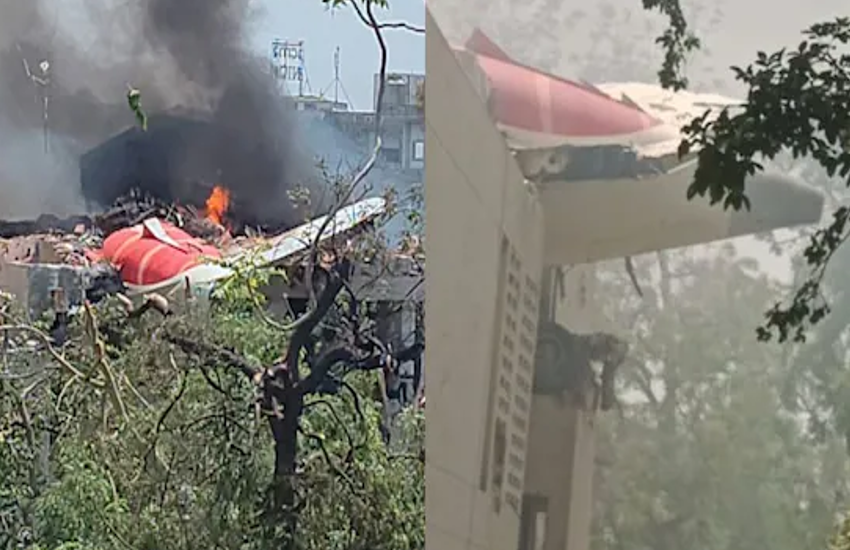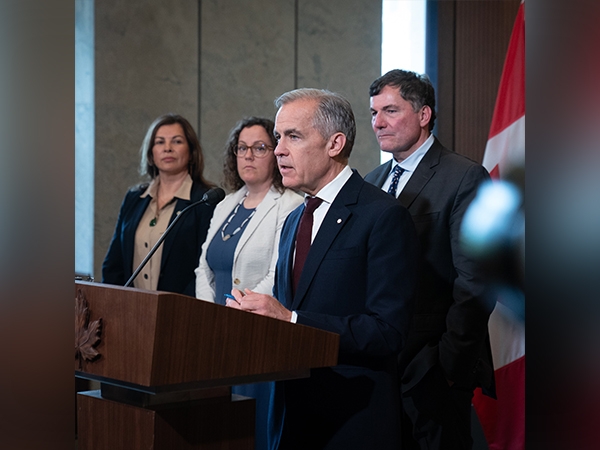How Modi's rivals in the BJP have been cut to size

Some call it destiny and some call it coincidence; Prime Minister Narendra Modi's rivals in the Bharatiya Janata Party and the government have been cut down to size due to recent cases and controversies.
Undoubtedly, the controversies have not spared Modi either - his silence and inaction is being questioned. But that seems to bother him very little.
"He has almost four years to perform and take corrective measures. These allegations are not against him. There is no hurry. All he needs is to keep the rebels within the party down," says a BJP insider.
When Modi was taking oath as the PM last year, the elders in the party had already been sidelined. Lal Krishna Advani and Murli Manohar Joshi were shifted to an advisory position in the 'Margdarshak Mandal' instead of being incorporated into the government. They have hardly anything to say and their roles and interventions have been restricted smartly.
Those Modi has with him in the government and the party are faces of his choosing, those of his generation.
On the one hand, most of his potential competitors have lost pace, credibility and repute due to allegations of misconduct, misuse of power and also poor performance, in some cases.
On the other hand, the new faces have been more loyal, dependent and 'too young to be possible threats' to the PM in recent times.
Moreover, these generation-next leaders are fighting for second position in the new power structure - to stand taller than the others.
Modi, in fact has emerged almost invincible in the party. Here's how his competitors have fared.
Sushma Swaraj
Till 14 June, Sushma's record was virtually blemish-free. But then, the Lalitgate controversy involving help to Lalit Modi hit her hard.
Before the 'misuse of power' allegations, she was the best performing minister in Modi's Cabinet. But it must be recalled that before the general elections, she was the one who had questioned Modi's selection as the BJP's PM candidate.
Though she has not resigned after the recent controversy, this dent would make her keep a low profile for the next couple of years.
Arun Jaitley
Jaitley remains the second most powerful person in the Cabinet, after the PM, but his political moves and controversies are being criticised within the party and its sister organisations.
It was Jaitley who suggested Kiran Bedi's name as the CM candidate for the Delhi assembly elections. The party's terrible defeat was a setback for him. His delayed response in the Lalitgate controversy also dented his image. His rivals in the party are increasing.
Rajnath Singh
Soon after Modi entered the PMO, he put the party's three-time president and farmer face in his place.
The whispers about the alleged misconducts were damaging for Rajnath. He was then not allowed to bring officials of his choice to his ministry.
What has helped Rajnath since then is that he has stuck to operating in a safe and conditional mode. With this, he has managed to keep his name in the good books of the party and the RSS.
Shivraj Singh Chouhan
When Modi was facing resistance within the party for the top position, his opponents were projecting Chouhan as a more acceptable face.
He was projected as the leader of a bigger state than Gujarat, someone who had a liberal image compared to Modi and was in the good books of the RSS as well.
However, the Madhya Pradesh CM has been brought to his knees after the Vyapam scam began blowing up. Once a potential opponent, Chouhan rules the state at Modi's mercy now.
Nitin Gadkari
A favourite of the seniors at the RSS headquarters in Nagpur, he was once elevated to the rank of party president. He was then forced to resign from the post in January 2013 after the alleged involvement of his company in graft cases.
He is one of five important faces in the PM's cabinet. However, he became the biggest embarrassment for the government and the party after the CAG indicated financial irregularities in his Purti group.
This gave the opposition enough ammunition to disrupt the budget session, with the Rajya Sabha being adjourned repeatedly. Gadkari was forced to give a statement.
Manohar Parrikar
Before Modi became the face of the BJP's campaign in September 2013, the then-Goa CM was seen as a candidate with equal potential for the PM's chair. An IIT alumnus, Parrikar was a galvanising point for many in the party who disliked Modi.
But now, as defence minister, he is more in the news for his foot-in-mouth statements. He was unable to address issues and answer questions related to his ministry.
The perception is growing that Modi has the final say in matters related to defence, and Parrikar is now a non-performing loose cannon.
Raman Singh
Popularly known as 'the rice god' or 'Chawal Wale Baba', Chhattisgarh Chief Minister Raman Singh was projected by the party as the face of good governance, development and popular schemes. But, ironically, 'the rice god' is now facing the heat of the rice scam.
Raman Singh was on Modi's shortlist for the Home minister's role in his cabinet. He managed to hold fort in the state despite anti-incumbency factors, which gave him more power and authority.
However, his image has got tainted in the past one year. The recent campaign by the opposition about the rice scam is only bringing him more trouble.
Kalyan Singh
He was once the real 'Hindu Hridaya Samrat'. The CM of Uttar Pradesh during the Babri Masjid demolition, Kalyan was seen as the second-most popular and powerful leader of the party after Atal Bihari Vajpayee during thr 1990s.
His comeback was an opportunity for the party in the state. However, instead of utilising him and keeping him in the public domain, the party has given him the role of governor for a state like Rajasthan, where he has little political involvement.
There is no BJP leader in UP who can come close to Kalyan's popularity, keeping Modi unchallenged in the state.
Sanjay Joshi
He was once a potential threat to Modi's control over the party in Gujarat. He was shown the door from the state because of Modi, and since then, he has been active in states like Uttar Pradesh, Jharkhand and Bihar.
Modi's victory in 2014 has shrunk Joshi even further. The low-profile Brahmin leader is helpless and no one in the party leadership or even the RSS openly stands for him.
Vasundhara Raje, Smriti Irani and Pankaja Munde
None of them were competitors to Modi. In fact, Modi paved the way to victory and power for them.
The Modi wave ensured Raje became the CM of Rajasthan, while Irani was the new-generation woman face promoted by Modi, seen as a potential replacement for Sushma Swaraj.
Munde was a possible rebel if not given proper share of power, because her father Gopinath was a strong and popular OBC leader in Maharashtra.
However, Irani was also criticised by many in the party and RSS. Now, after the matter of her wrong educational affidavits reached the courts of law, her position has been undermined. She is now being seen as a liability.
Raje, meanwhile, has been hit hard by allegations of personal benefit and misuse of power in the Lalit Modi controversy, and as a result, has a lesser say in the party and national-level politics.
Munde, who wanted to be the CM of Maharashtra, has been restrained by corruption allegations, leading to more stability for a Modi favourite, Devendra Fadnavis,as the CM.

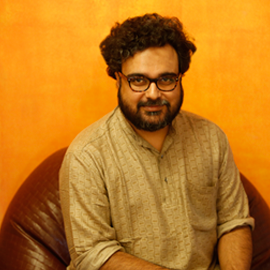

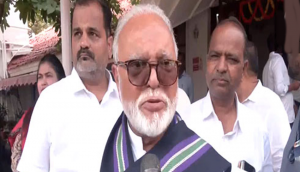
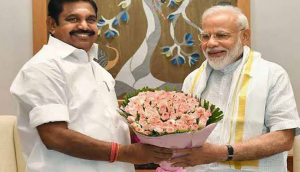
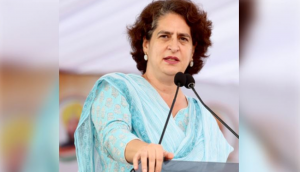
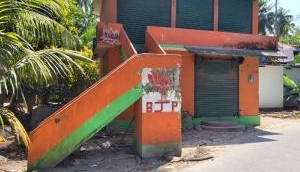
![BJP's Kapil Mishra recreates Shankar Mahadevan’s ‘Breathless’ song to highlight Delhi pollution [WATCH] BJP's Kapil Mishra recreates Shankar Mahadevan’s ‘Breathless’ song to highlight Delhi pollution [WATCH]](https://images.catchnews.com/upload/2022/11/03/kapil-mishra_240884_300x172.png)

![Anupam Kher shares pictures of his toned body on 67th birthday [MUST SEE] Anupam Kher shares pictures of his toned body on 67th birthday [MUST SEE]](https://images.catchnews.com/upload/2022/03/07/Anupam_kher_231145_300x172.jpg)


